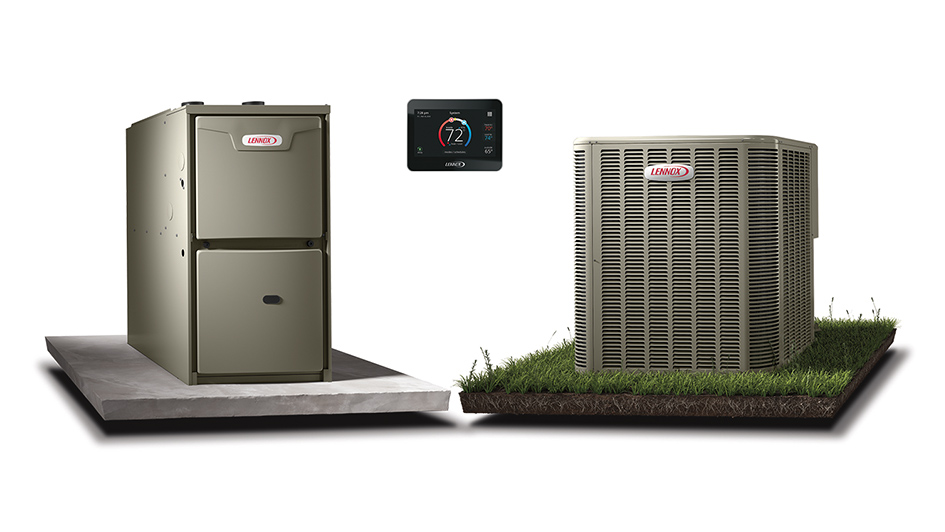
The concept of running both a furnace and heat pump might seem a little unusual at first. After all, why do you need two sources of heat? Even though furnaces and heat pumps both offer energy-efficient heat, the changes in their design genuinely make employing both of them a practical option. It’s not for everybody, but under the right conditions you can absolutely benefit from owning a furnace and a heat pump.
You should consider several factors in order to determine if this kind of setup works for you. Your local climate and the size of your home are both highly important, particularly for the heat pump. This is because multiple models of heat pumps will function less effectively in cooler weather and bigger homes. Even so, you can still reap the benefits of heat pump installation in Mission Viejo.
Heat Pumps Might Be Less Reliable in Winter Weather
Heat pumps are typically less reliable in colder weather as a result of how they create climate control to begin with. As opposed to furnaces, which combust fuel to create heat, a heat pump reverses its flow of refrigerant to pull heat from outdoor air. This heat is then drawn inside and circulated all through your home. Provided there is still some heat energy in the air, a heat pump should function. But the lower the temperature, the less efficient this process is.
The less heat energy is available outside, the more effort is required for a heat pump to bring heat indoors to maintain your preferred temperature. It might depend on the exact make and model, but heat pumps generally start to drop in efficiency at temperatures of 40 degrees and colder. They can still be an energy-efficient option until 20-25 degrees, at which point a gas furnace will be more effective.
What Temperatures Do Heat Pumps Run Best In?
Heat pumps function best in moderate climates 40 degrees and up. Having said that, you don’t have to give up on the benefits of a heat pump just because the local climate is cold. In fact, that’s why using both a furnace and heat pump might be worth the costs. You can favor the heat pump for energy-efficient heat until the weather is cold enough to call for shifting to something like a gas furnace.
Some makes and models boast greater effectiveness in cooler weather. For example, the Lennox MLA heat pump is capable of working at 100% capacity at 0°F. It can even remain functional in temperatures as low as -22°F. For maximum energy efficiency, you’ll likely still want to swap to the furnace in particularly cold weather.
So Should I Get a Heat Pump if I Own a Gas Furnace?
If you’re interested in maintaining the most energy-efficient HVAC system possible, installing a heat pump and gas furnace at the same time is worth the investment. Not only is a dual-heating system adaptable, but it offers other benefits like:
- Dependable backup heating – A redundant heating system means even if one breaks down, you still have the ability to heat your home. It won’t always be the most energy efficient, but it’s better than shivering in an unheated home while you sit around for repairs.
- Lower energy costs – The ability to pick which heating system you use based on the highest energy efficiency lowers your total costs. Smaller heating bills over the lifetime of these heating systems can really add up to a lot of savings.
- Less strain on both systems – Instead of running one system all winter long, heating duties are divided between the furnace and heat pump. Crucial hardware could survive longer as they’re not under nonstop use.
If you’re still hesitant about heat pump installation in Mission Viejo, don’t hesitate to contact your local professional technicians. They can walk you through your home’s comfort needs and help you decide if a dual-heating HVAC system is the ideal option.
